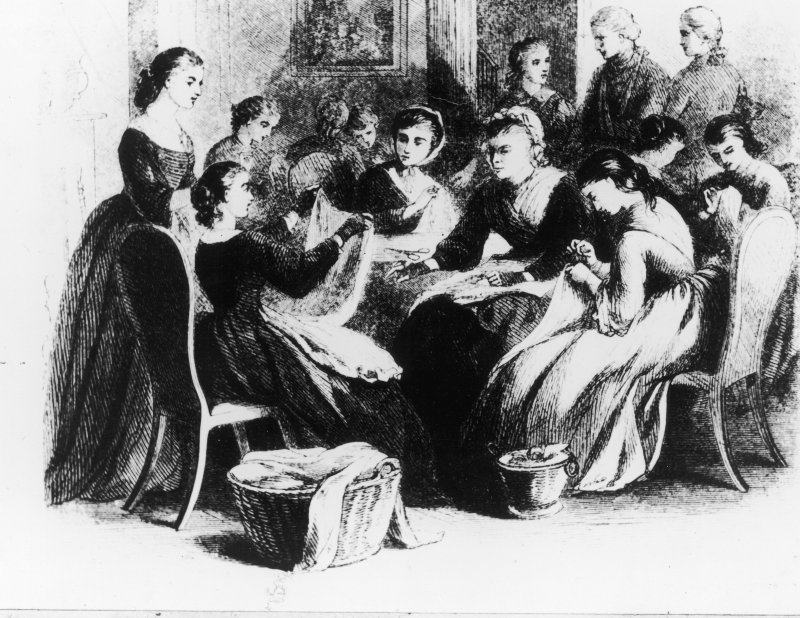
I’m sure you know of Betsy Ross, credited with making the first U.S. flag (https://www.ushistory.org/betsy/) and you may have heard about Molly Pitcher and the Battle of Monmouth (https://www.ushistory.org/Valleyforge/youasked/070.htm), but what else do you know about women and the Revolutionary War?
In another example of history not making it into most history books, women played a much bigger role than you might think. Have you ever wondered why a spinning wheel is the symbol of the Daughters of the American Revolution?
Early in the 17th century, the colonies used mostly local materials and whatever was shipped in. But the more towns and cities grew, the more they depended on British goods. This had the added effect of keeping the colonies loyal to Britain.
Then came the Stamp Act of 1765, and the protests against taxation without representation. The counteractions included non-importation and non-consumption agreements and boycotts of British imports. Since women ran the households, their roles became pivotal. Thanks to them, the beverage of choice became coffee and clothes were made of homespun cloth.
Politics even influenced courting. Patriotic young women stopped seeing men who bought boycotted goods and didn’t support the non-consumption agreements.
The most widespread form of protest was the spinning bee: large gatherings organized by women to spin yarn for textiles. As the non-importation movement grew, British cloth was increasingly boycotted and local alternatives had to be found. When the revolution finally began, the need for uniforms further increased demand for locally made cloth.
So women of the Revolutionary era made a much greater contribution than most people realize — organizing events, making buying decisions and even sacrificing personal relationships. Sometimes its the day-to-day details that can make a big difference.
Taken from “How Women Used Their Domestic Power to Influence the American Revolution” by Marta Olmos (https://time.com/5877694/women-american-revolution/?). The picture is from that site.
